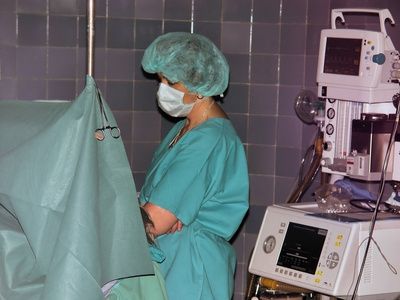Category: IARPA
Infrastructure and Innovation
Advanced Plant Technologies (APT)
Dr. Mark Salvador The Advanced Plant Technologies (APT) program seeks to develop plants capable of serving as next-generation, persistent, ground-based sensor technologies to protect deployed troops and the homeland by detecting and reporting on chemical, biological, radiological, nuclear, and explosive (CBRNE) threats. Such biological sensors would be effectively energy-independent, increasing their potential for wide distribution,…
Read more
SINTRA
Space Debris Identification and Tracking The IARPA SINTRA program aims to investigate the interaction of orbital debris with the surrounding space environment and drive the state of the art to detect, track, and characterize lethal non-trackable orbital space debris. Space debris poses a risk to all space missions, including those of the Intelligence Community (IC).…
Read more
Accurate Aerosol Identification—Really Fast
The bottom line is that right now it’s very difficult and potentially dangerous to identify harmful chemicals or agents once they’re aerosolized. However, one of IARPA’s newest programs, Pursuing Intelligent Complex Aerosols for Rapid Detection (PICARD), hopes to give the USG and IC a tool that will help reduce risk while accurately and quickly detecting…
Read more
AGILE – Advanced Graphic Intelligence Logical Computing Environment
Intelligence Value The AGILE program seeks innovative, energy-efficient, and reliable computer architectures that can address the Intelligence Community’s large-scale data-analytic applications, as well as other classes of data intensive applications. AGILE offers the potential to enable a predictive analysis of massive data from diverse sources and methods, not just forensic analysis after the event has…
Read more
LHO – Little Horned Owl
Intelligence Value The need for increasingly sophisticated unmanned aerial vehicles (UAVs) for intelligence purposes requires a maturation of the technology to include the need for quiet UAVs. The Little Horned Owl program is developing ultra-quiet mini UAVs (defined as having a take-off weight of 55 pounds or less) to further enable critical intelligence and military…
Read more




